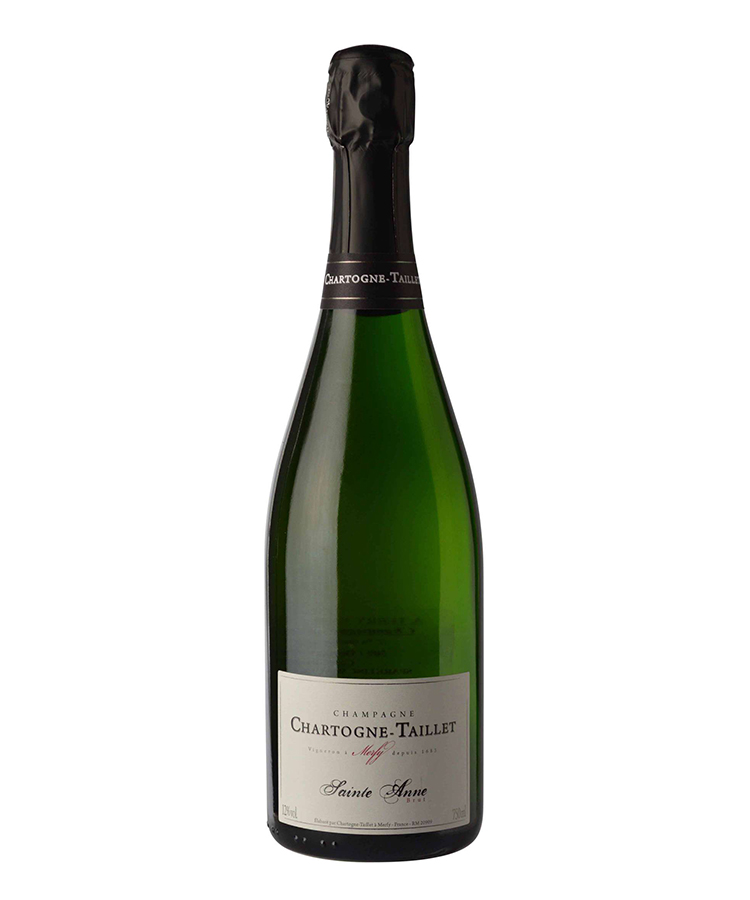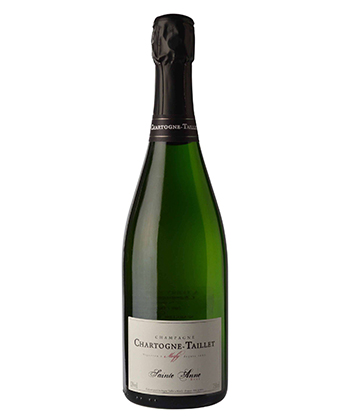Upon finding out that I spend quite a bit of time opening and tasting wine, very often I am asked the same question: “What’s your favorite kind of wine?” Now, that’s a difficult question; what’s the occasion? What’s the weather like? What mood am I in? What am I eating? I’m hard-pressed to pick just one style of wine to label, above all others, to distinguish as my favorite. But if I had to pick just one type of wine to drink for life, one of those desert-island type scenarios, there’s no question that I would pick Champagne.
It’s important to qualify that I’m not talking about sparkling wine, though there are many excellent sparkling wines out there; I’m talking about true Champagne, the one that comes from the region of the same name located just about an hour outside of Paris. I both blame and thank my former boss’s obsession with bubbles for my own Champ-addiction; when presented as a young sommelier with the opportunity to taste many of the region’s top wines on a regular basis, it’s impossible not to become a bit infatuated with Champagne. The problem with my so-called desert island wine is that, while I firmly believe that Champagne is versatile enough to be an everyday wine, Champagne is typically not budget-friendly enough to be an everyday wine. But with the uptick in grower-producers — winemakers, typically on the smaller side, who not only make Champagne but grow the grapes that go into the cuvées — being imported to the U.S., there are now more entry-level bubbly options that remain extremely high-quality and terroir-driven. The Chartogne-Taillet ‘Cuvée Sainte Anne’ is one of those wines.
On first glance, Alexandre Chartogne looks like a rough-and-tumble, rugby player-like guy, but when he opens his mouth to speak about his wines, he speaks like a poet. The subject that he can wax on most about is soil, which is why there are few details about the grape varieties that make up the Cuvée Sainte Anne (it’s usually Pinot Noir-heavy with Chardonnay making up the rest of the blend), but many about the soils in which they are grown. The influence is clear; while there is plentiful, bursting apple and lemon zest in the wine, there is also clear-textured minerality, mouth-watering salinity, high-toned focus, and layered complexity. While the Cuvée Sainte Anne is more approachable than most of Chartogne-Taillet’s other wines, it acts as an introduction to the mineral-driven style of the producer at a price unheard of for most other Champagnes; it averages between $40 and $45 but can be found for as low as $35. Fair warning: This may be the gateway bottle to your own Champagne addiction. If it is, I’ll happily take the blame.

